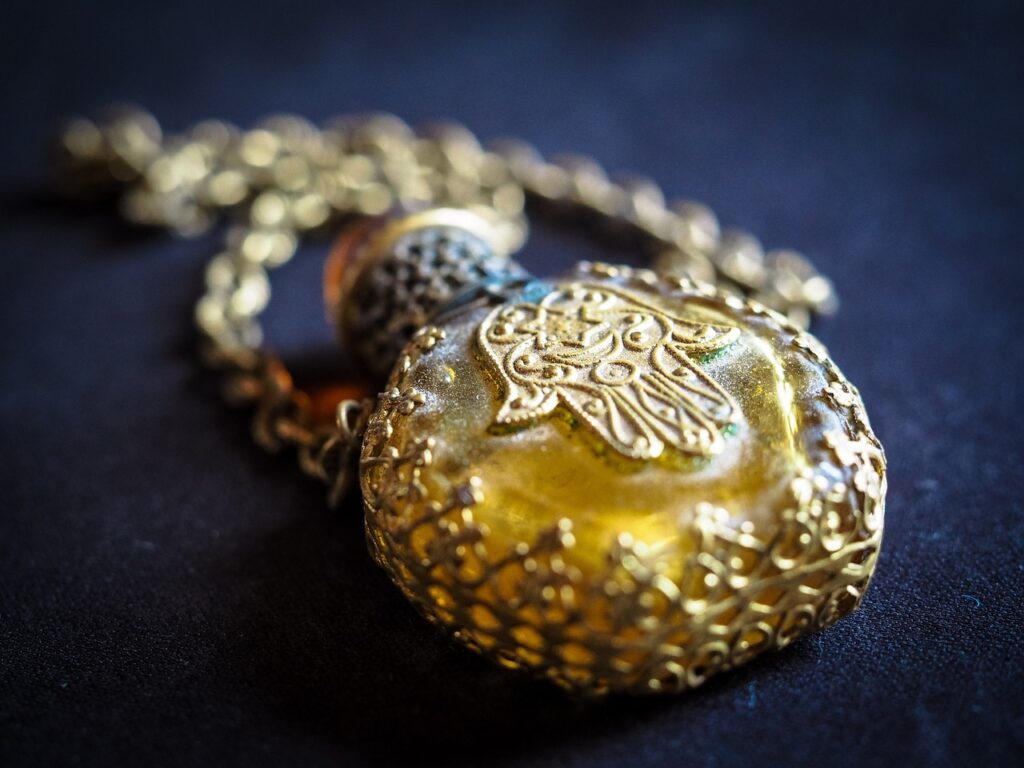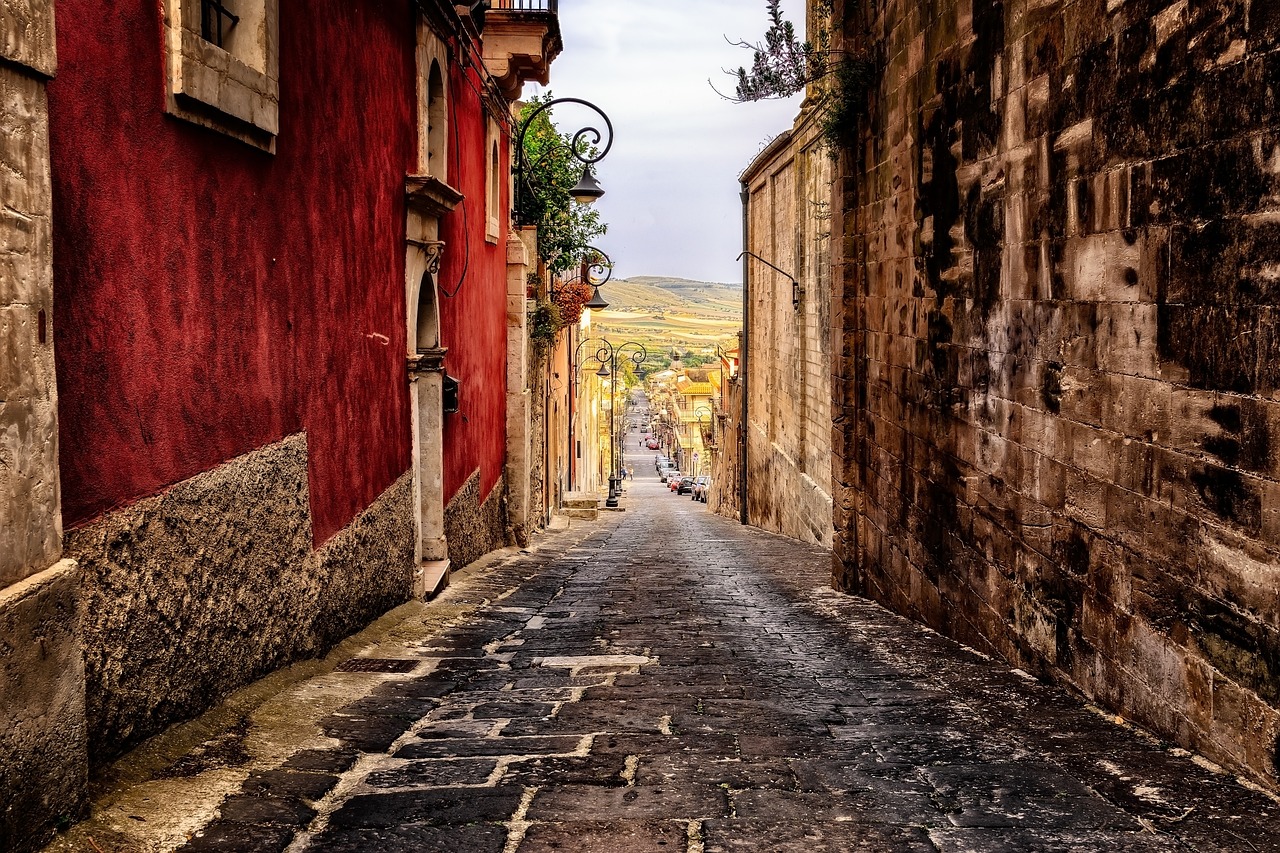Sicily, the stunning island nestled in the heart of the Mediterranean Sea, is a place where history, culture, and traditions converge. With a rich tapestry of influences from various civilizations, Sicily has developed a unique blend of customs, beliefs, and symbols. Among these, lucky charms and other symbols hold a special place in the hearts of the Sicilian people. These tokens of protection and good fortune have been passed down through generations, and they continue to play a significant role in the island’s folklore and daily life.
1. The Evil Eye (Occhio di Malocchio):
Perhaps one of the most renowned and widely believed superstitions in Sicily, as well as in many other cultures around the world, is the concept of the Evil Eye. The belief is that certain individuals possess a powerful and malevolent gaze that can bring harm, misfortune, or even illness to others. To ward off this negative energy, Sicilians often use the symbol of an eye, either as a pendant or in the form of jewelry, called the “occhio di malocchio.” This talisman is believed to protect against the Evil Eye and bring good luck to the wearer.
2. The Trinacria:
The Trinacria is one of the most iconic symbols of Sicily. It features a woman’s head with three bent legs radiating from her head, forming a triangle. This ancient symbol is deeply rooted in the island’s history and mythology, representing the three corners of Sicily. The Trinacria is also associated with the ancient Greek myth of Persephone and her abduction by Hades, which ties it to the cycle of life, death, and rebirth. Today, the Trinacria can be found on flags, ceramics, and various souvenirs throughout the island, symbolizing the proud Sicilian identity and connection to their ancient past.
3. The Pomegranate:
The pomegranate has held a special place in Sicilian culture for centuries. This fruit is associated with fertility, prosperity, and abundance. In many Sicilian households, you may find decorative pomegranates displayed during festive occasions and religious celebrations. Additionally, during weddings, brides often carry pomegranates as a symbol of fertility and the hope for a fruitful marriage.
4. The Hand of Fatima (Mano di Fatima):
Also known as the Hamsa hand, the Hand of Fatima is a symbol widely recognized across the Mediterranean region. This open hand-shaped amulet is believed to protect against the Evil Eye and bring good luck. In Sicily, the Hand of Fatima is often worn as a pendant, hung on walls, or placed in homes and businesses as a protective talisman.

5. The Sicilian Cart (Carretto Siciliano):
The Sicilian cart, or “carretto siciliano,” is an intricate and colorful wooden cart that was traditionally used for transportation of goods and people. These carts are adorned with vibrant paintings and elaborate decorations, often featuring religious and mythological scenes. While the carts were once an essential part of daily life, they have now become symbolic representations of Sicily’s cultural heritage. Many locals consider the image of a Sicilian cart to be a lucky charm, and miniature versions are often sold as souvenirs.
6. Saint Agatha’s Breast (Seno di Santa Agata):
Saint Agatha is the patron saint of Catania, a city in eastern Sicily. Her feast day, celebrated on February 5th, is a significant religious event in Catania. Legend has it that Saint Agatha miraculously saved the city from a volcanic eruption. To honor her, the people of Catania offer a sweet pastry in the shape of a breast called “saint’s breast” or “seno di Santa Agata.” This pastry is considered a lucky charm and is believed to protect against fire and other disasters.
7. The Horn (Corno or Cornetto):
The horn, known as “corno” or “cornetto” in Italian, is a popular amulet used in Sicily and other parts of Italy. It is shaped like a red chili pepper or a twisted horn and is often made of red coral. The horn is believed to ward off the Evil Eye and bring good luck and protection to the wearer.
Sicily’s traditions and superstitions are deeply ingrained in the island’s culture and identity. The lucky charms and symbols mentioned above are just a glimpse of the many beliefs that have been passed down through generations. They reflect the Sicilian people’s strong connection to their past and their unwavering belief in the power of these talismans to protect and bring good fortune.
As visitors explore the enchanting streets of Sicily, they will encounter these symbols in various forms, each carrying its unique significance. From the Trinacria symbolizing the island’s rich history to the humble pomegranate signifying hope for a fruitful future, Sicily’s lucky charms serve as a tangible link between the island’s past and its vibrant present. So, the next time you find yourself wandering through the charming alleys of Sicily, keep an eye out for these fascinating symbols that hold the key to understanding the island’s cultural heritage and the enduring spirit of its people.
